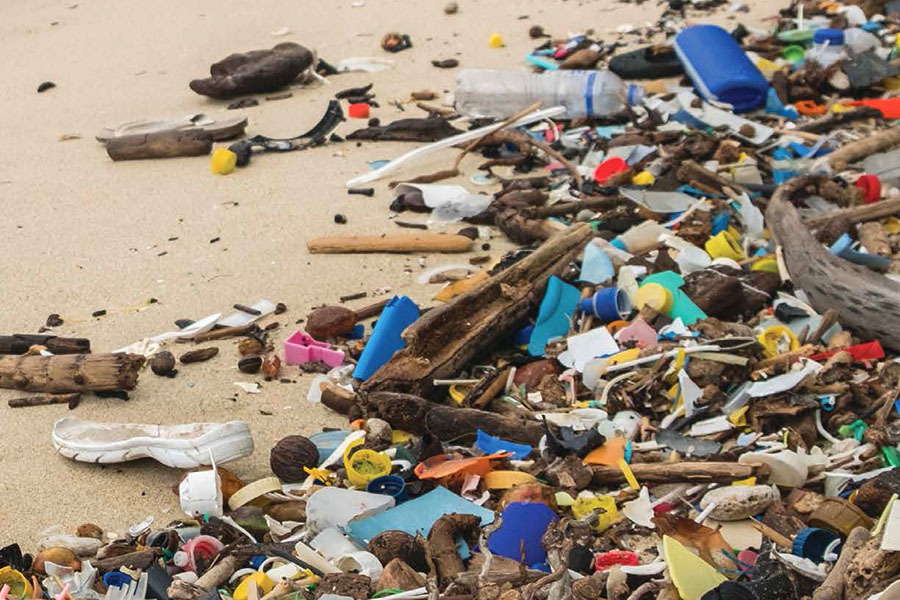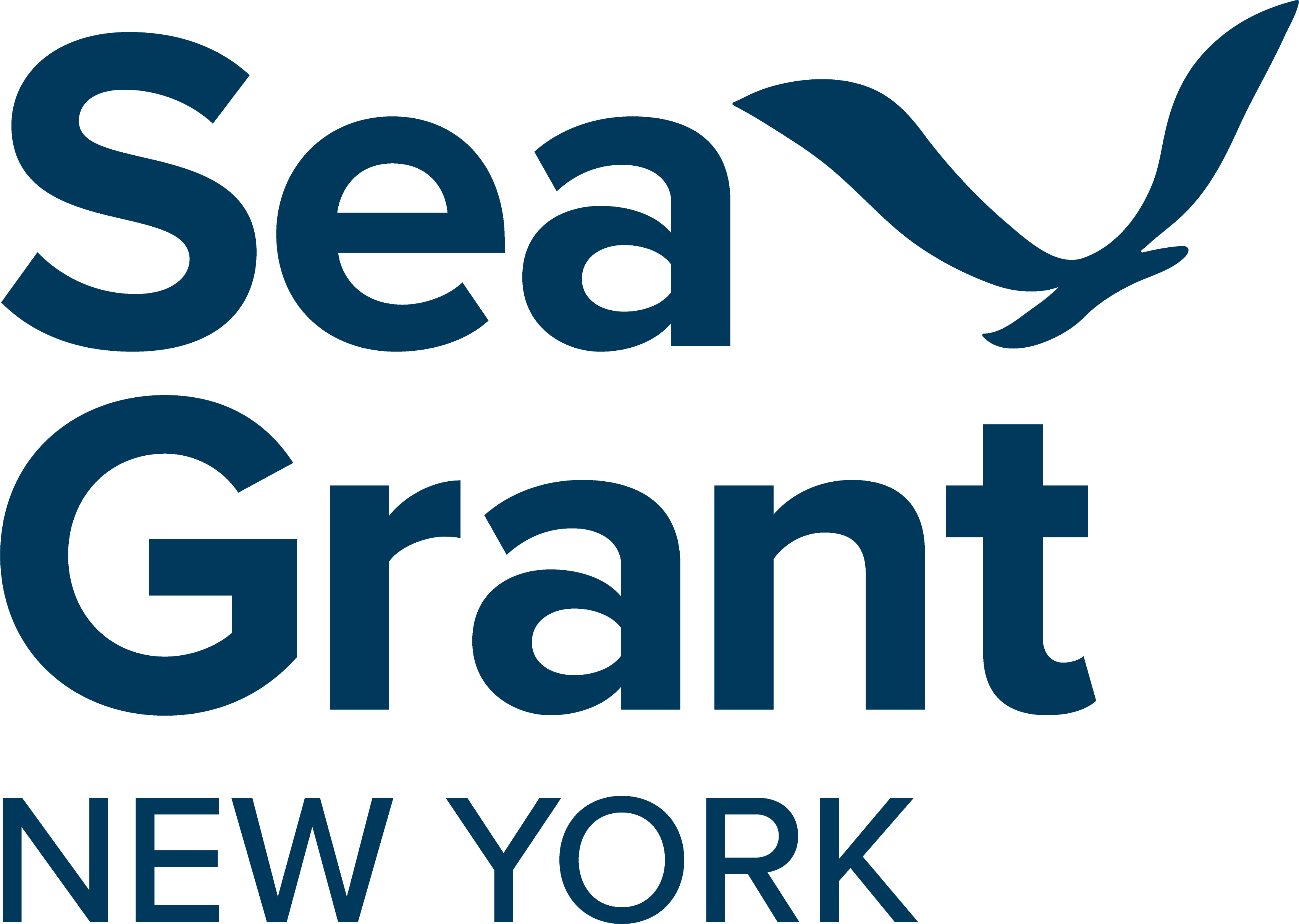Background
What can you do about plastic pollution? This lesson is part of the Plastic Pollution and You curriculum developed by the educators from New York Sea Grant.
As a final activity for Plastic Pollution and You, this lesson provides an opportunity for students to reflect on what they have learned through the curriculum, think critically about their role in the issue of plasticpollution, and plan strategically to take action.
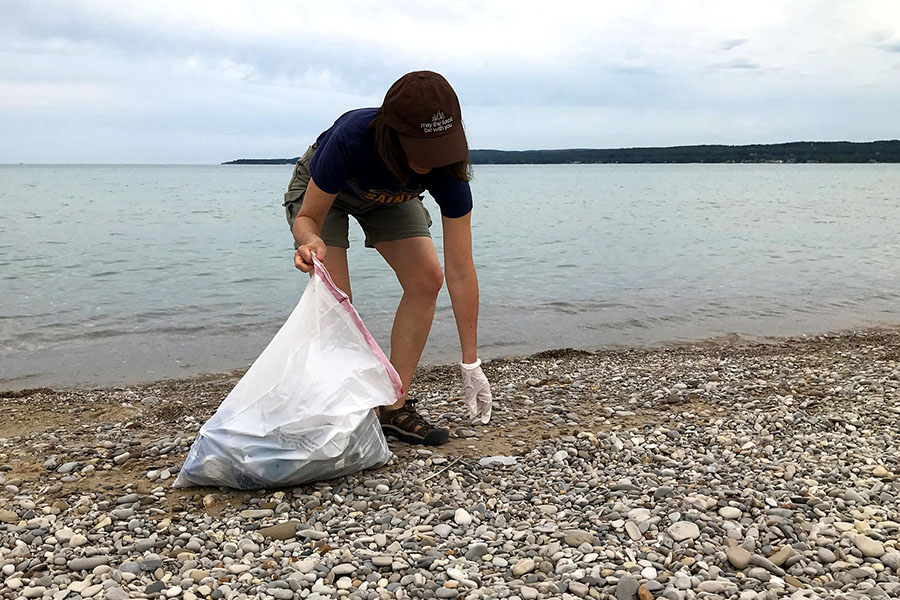
Objectives
Students will:
- consider the question, “What can you do about plastic pollution?”
- reflect on previous new knowledge
- investigate the importance of strategic planning, collaboration, and evaluation to achieve shared goals and objectives.
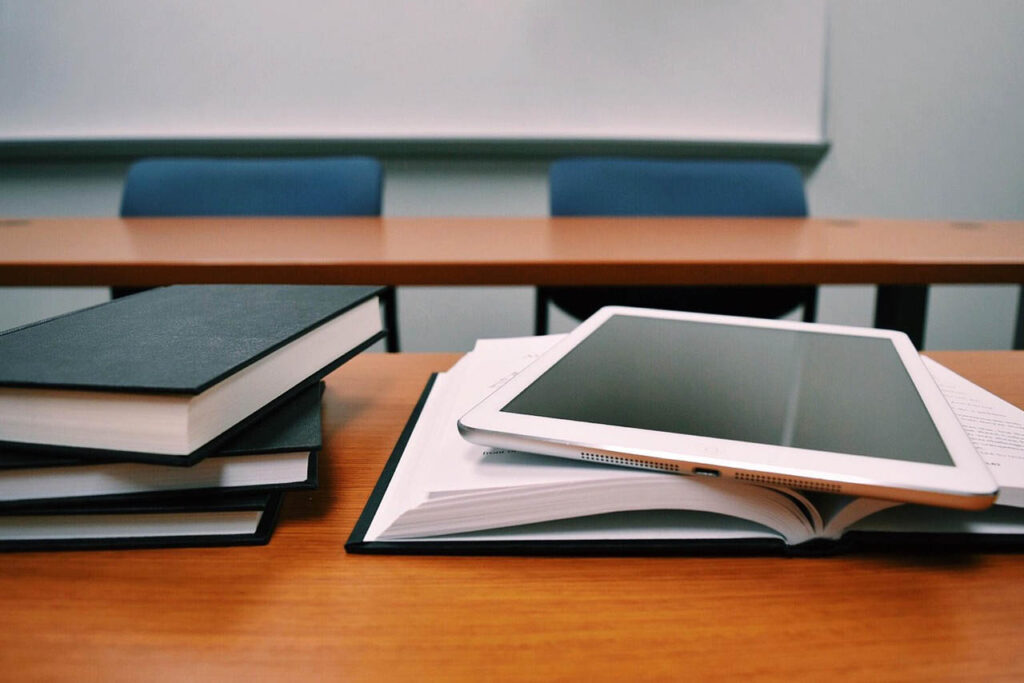
Lesson Alignment
This lesson is part of the Plastic Pollution and You curriculum and is aligned to the following standards document:
New York State P-12 Science Learning Standards & Next
Generation Science Standards | LINK
SCI: 5-ESS3-1, MS-ESS3-3, HS-ESS3-4, 3-5-ETS1-1 MS-ETS1-3, HS-ETS1-3
New York State Social Studies Learning Standards and K-12
Framework | Link
SS: 8.8.c, 10.9.a, 10.9.b, S5-KI #4
Materials
Access printed copies or electronic versions of lesson materials below.
- Refer Back to the K (know) -W (wonder)-L (learned) chart (Flip chart, white board, Google Docs, or other method of recording responses) created by the class in Lesson 1.1 of the Plastic Pollution and You Curriculum. | LINK
Action Plan Template
One per class projected on white board or used as a collaborative document
NOAA Marine Debris Action Plan
We Resource
New York Ocean Action Plan
PDF resource
Plastic Pollution and You
Full Curricula
Time Required
This lesson may require multiple class periods to complete.
Activity Set-Up
In Lesson 1.1 students created a KWL (Know, Wonder, Learned) chart together. Revisit this chart with students before beginning this lesson.
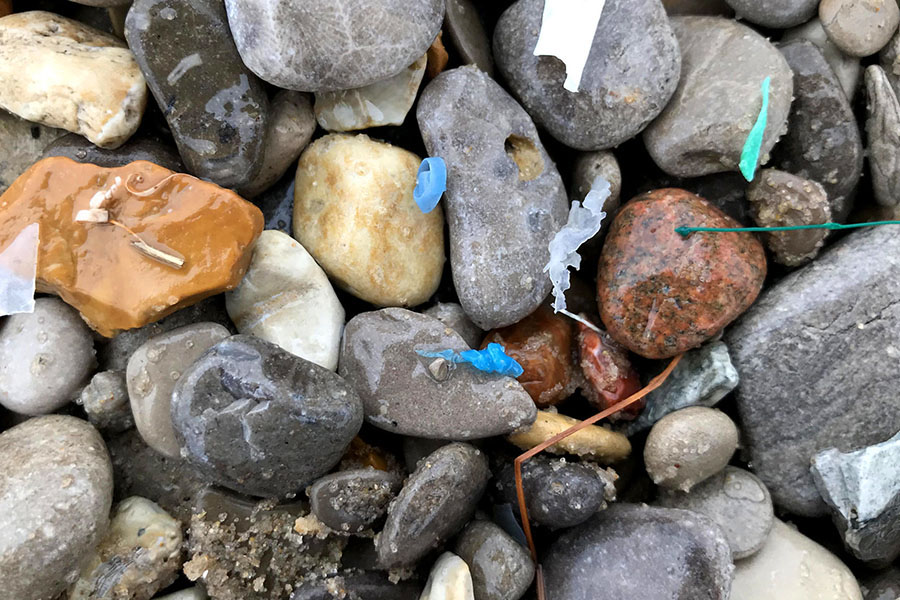
Lesson
- As a class, reflect on what was learned throughout the curriculum. Ask students questions suchas:
- What are some solutions to plastic pollution and marine debris?
- What are some barriers to solving plastic pollution and marine debris?
- What actions have your community taken to help address plastic pollution and marine debris?
- What new actions might you or your community take? Why?
- How might plastic pollution and marine debris affect different communities?
- Add a new column to the K-W-L chart called: “What are we going to do?”. Generate multiple ideas of what students could do, individually or as a class, to address the issue of plastic pollution.
- Take ideas from the “What are we going to do?” column and fill out the Action Plan Template.
- Determine the goal – use ideas from the “What are we going to do?” column.
- Determine the steps needed to achieve your goal – fill in the first row of the Action Plan Template with the steps that are needed to achieve the goal.
- Determine what will be needed to complete each step – fill in the second row of the Action Plan Template with any materials, resources, or other things needed to complete each step.
- Determine who will complete each step – fill in the third row of the Action Plan Template with the name(s) of who will complete each step. This can be specific with actual names or more general (ie: students, principal, community members, etc.).
- Determine when each step must be completed – fill in the fourth row of the Action Plan Template with a time period when step will be completed.
- Determine how to know if each step was successfully completed – fill in the fifth row of the Action Plan Template with a clear and specific way to measure/evaluate if and how successfully each step was completed.
- If students would like to learn more about action plans, explore any region’s Marine Debris Action Plan on the National Oceanic and Atmospheric Administration’s Marine Debris Program website.
Optional Activities:
If students would like to present or implement parts of their action plan, encourage them to explore opportunities to do public presentations or create displays at school or in the community.
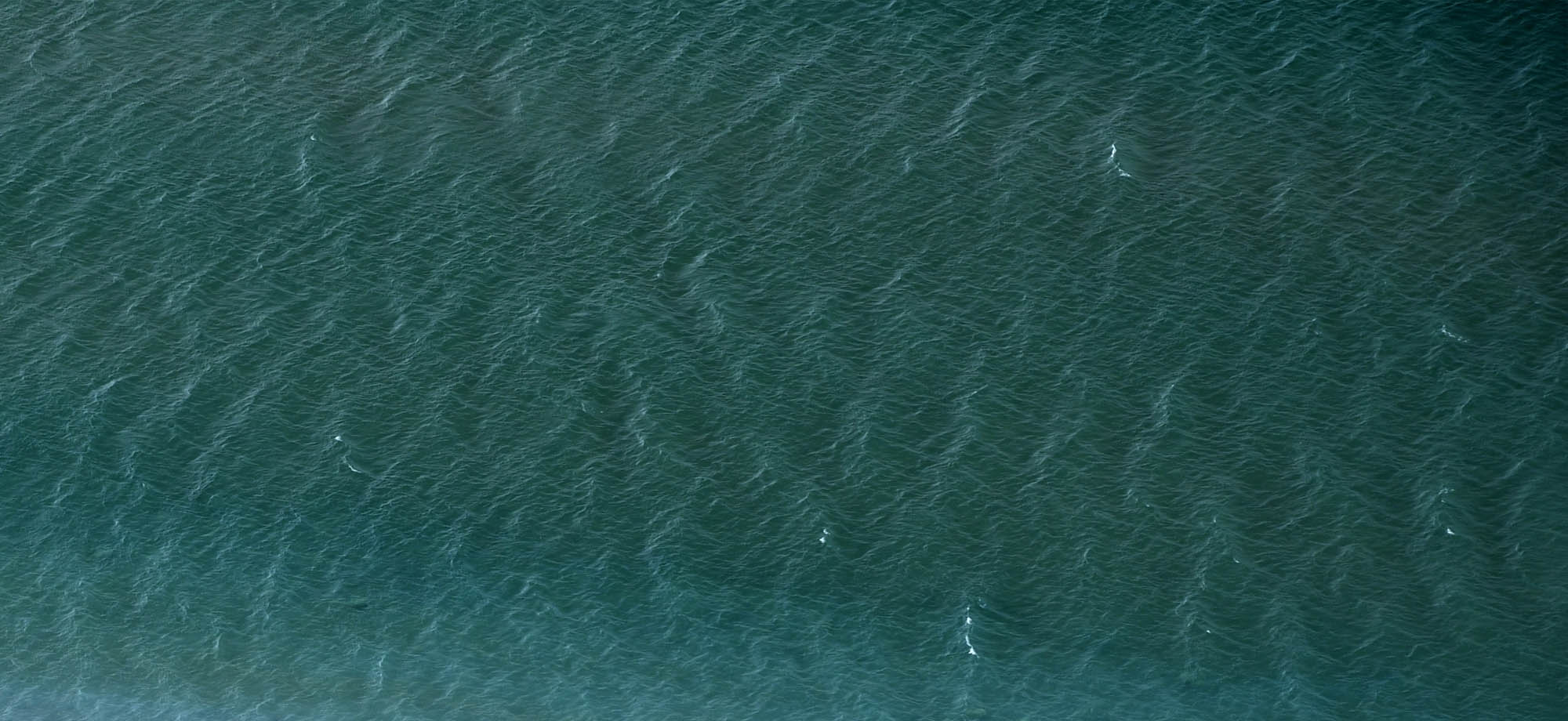
This lesson is part of a larger curriculum, Plastic Pollution and You.
